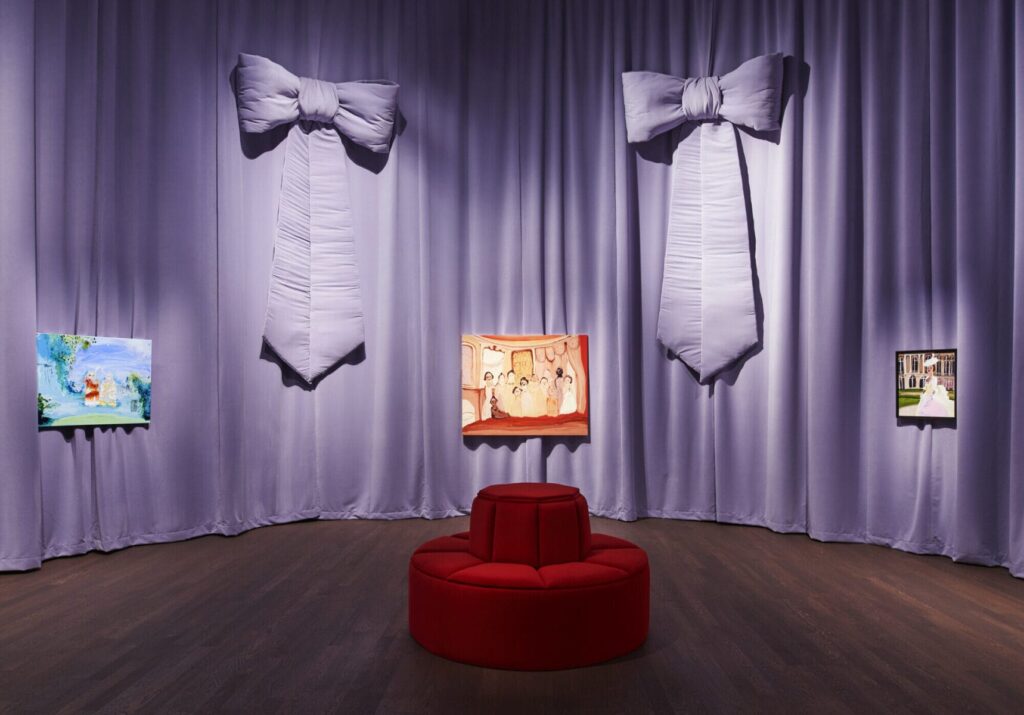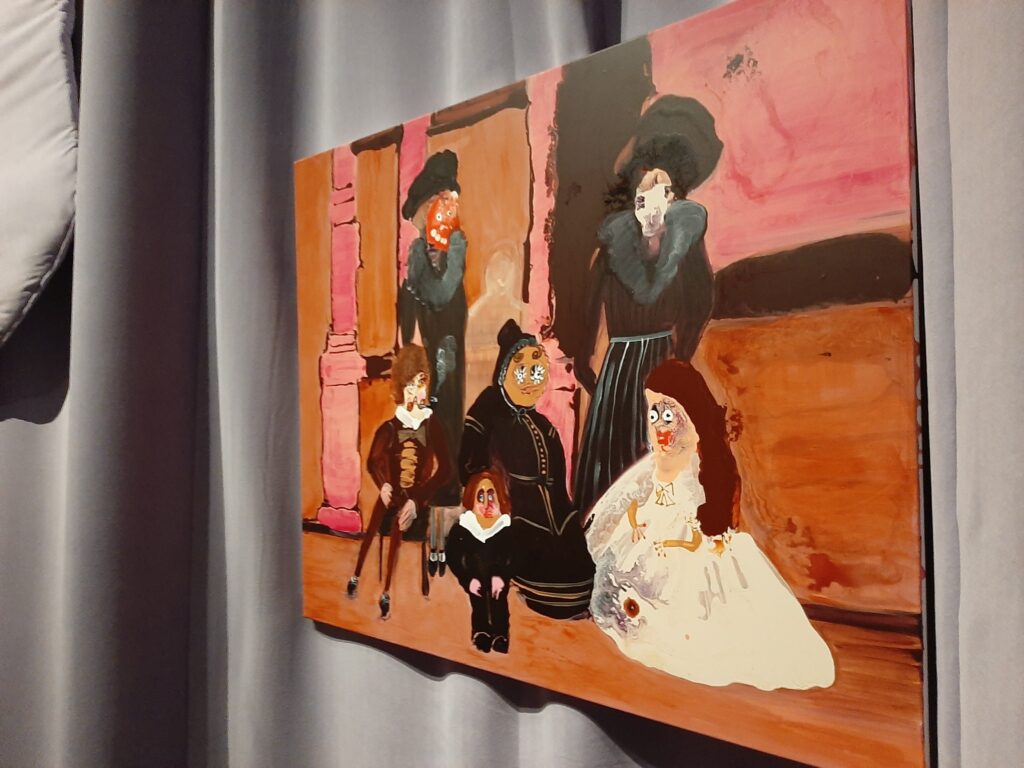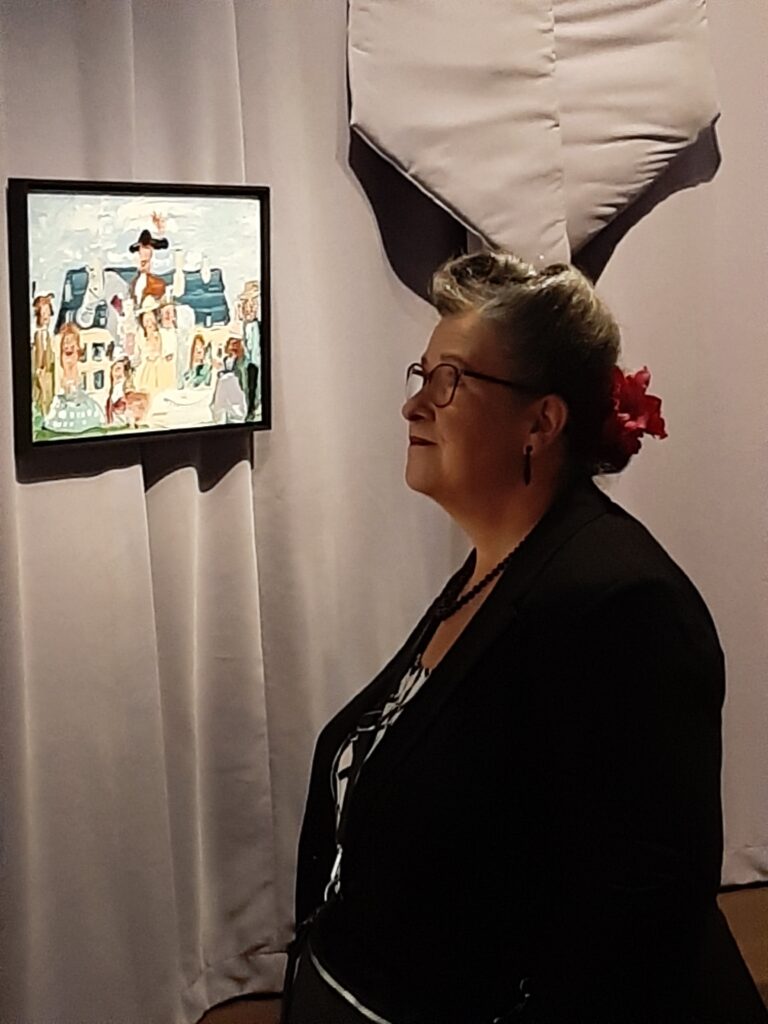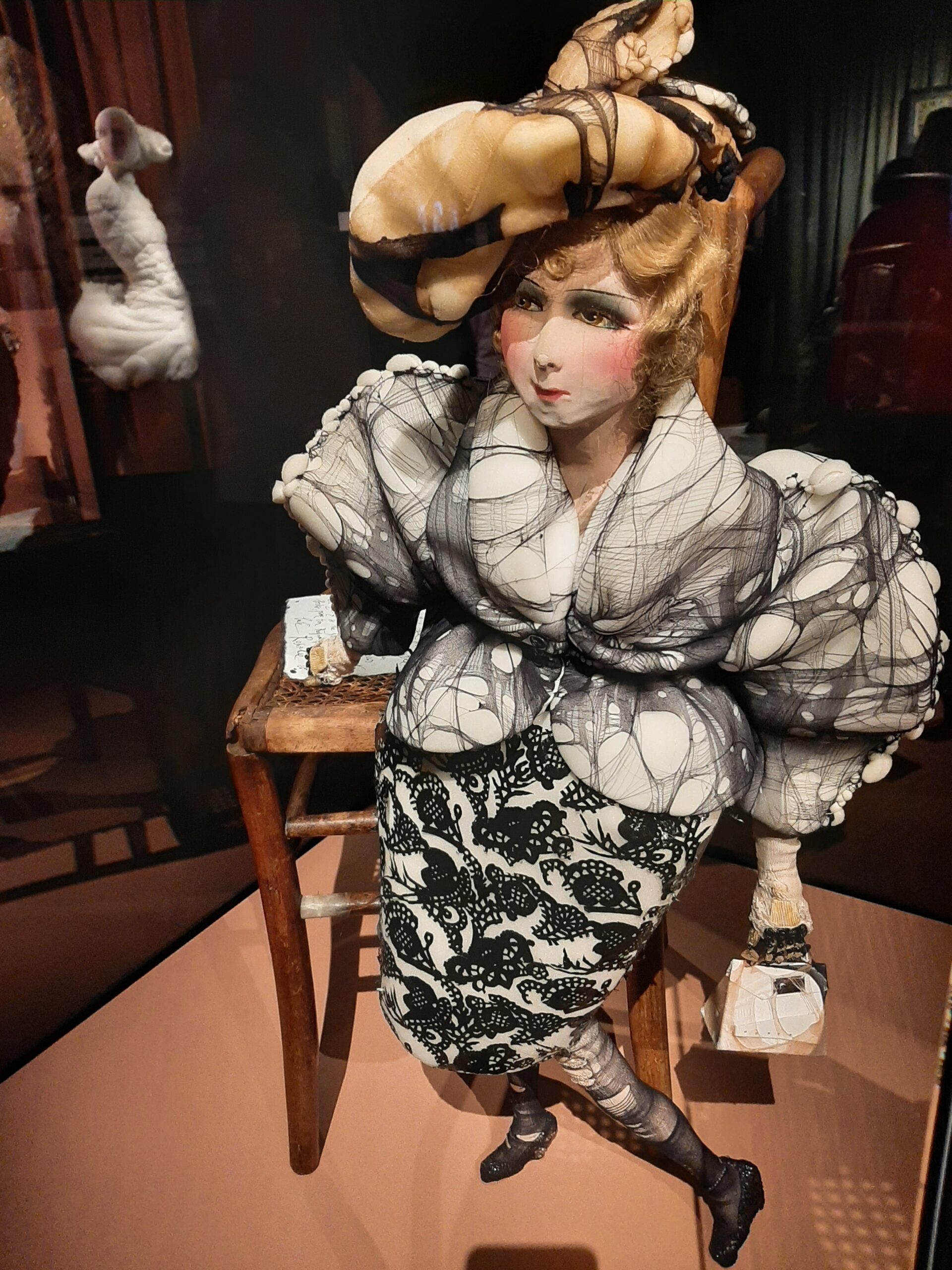One of a quartet (4 exhibitions) of exhibitions in Antwerp, with which the city celebrates 2024, the year of James Ensor in Belgium, opened at the MoMu Fashion Museum with an extravaganza weekend of performances, masterclasses and guided tours. I always take a ticket for the rondeling (I like this word in Dutch, which has the meaning of a completeness of a circle) guided by Katlein, whose experience (working for Maison Margella among others) multiplied with charisma gives the viewer great pleasure of learning.
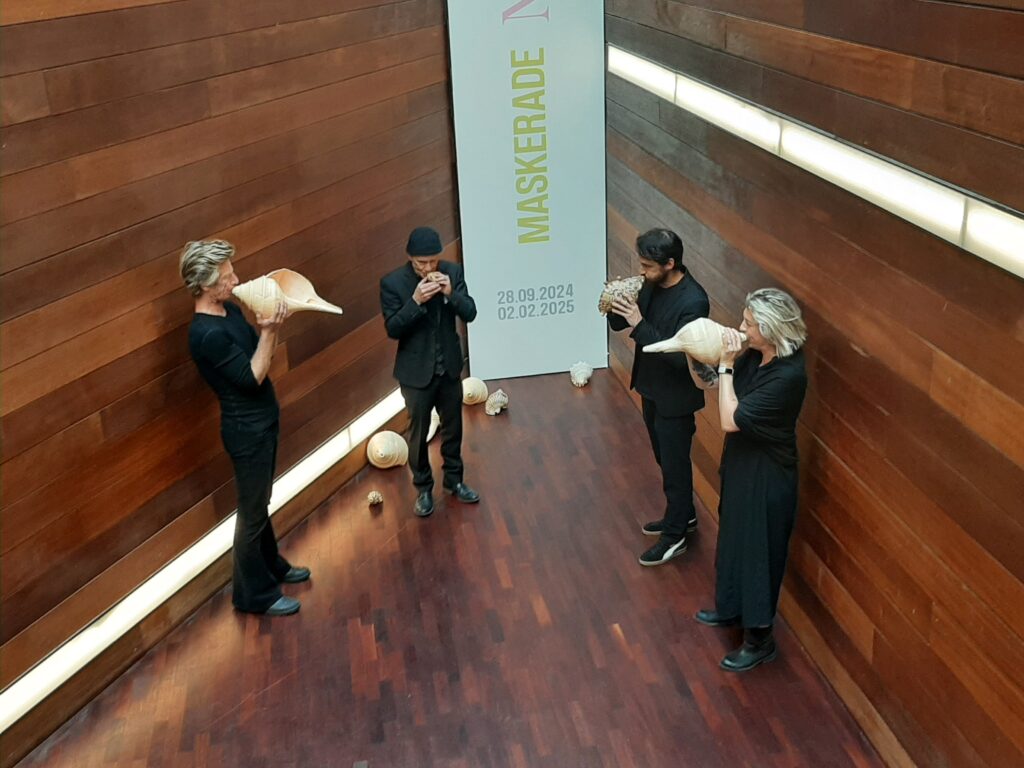
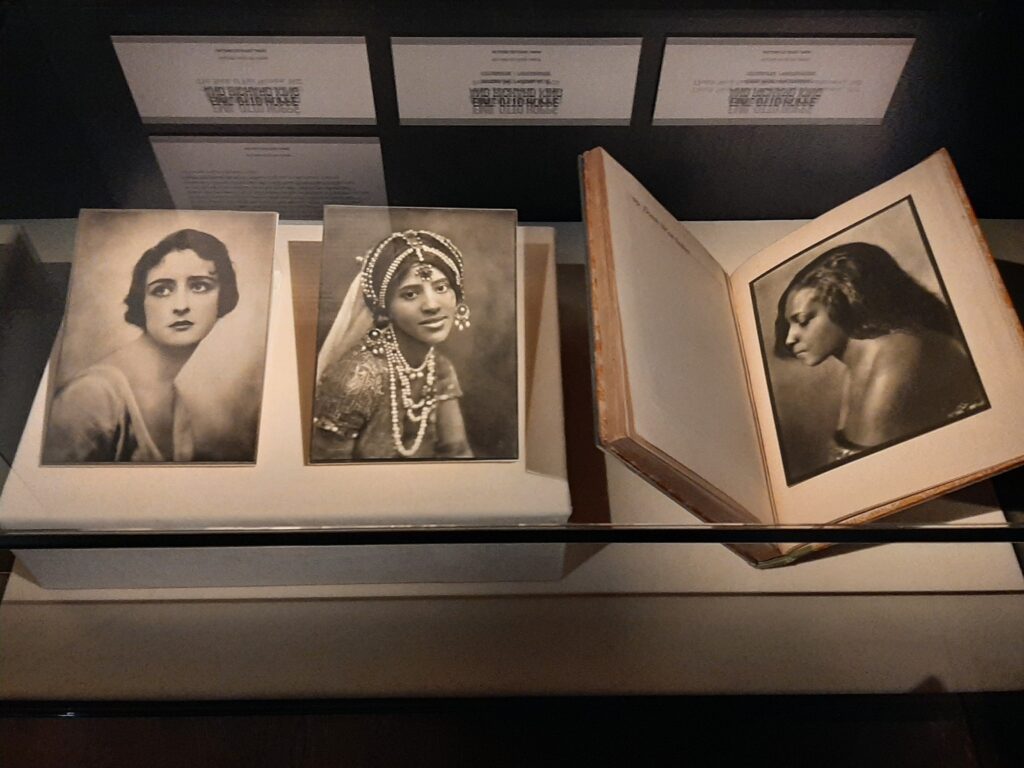
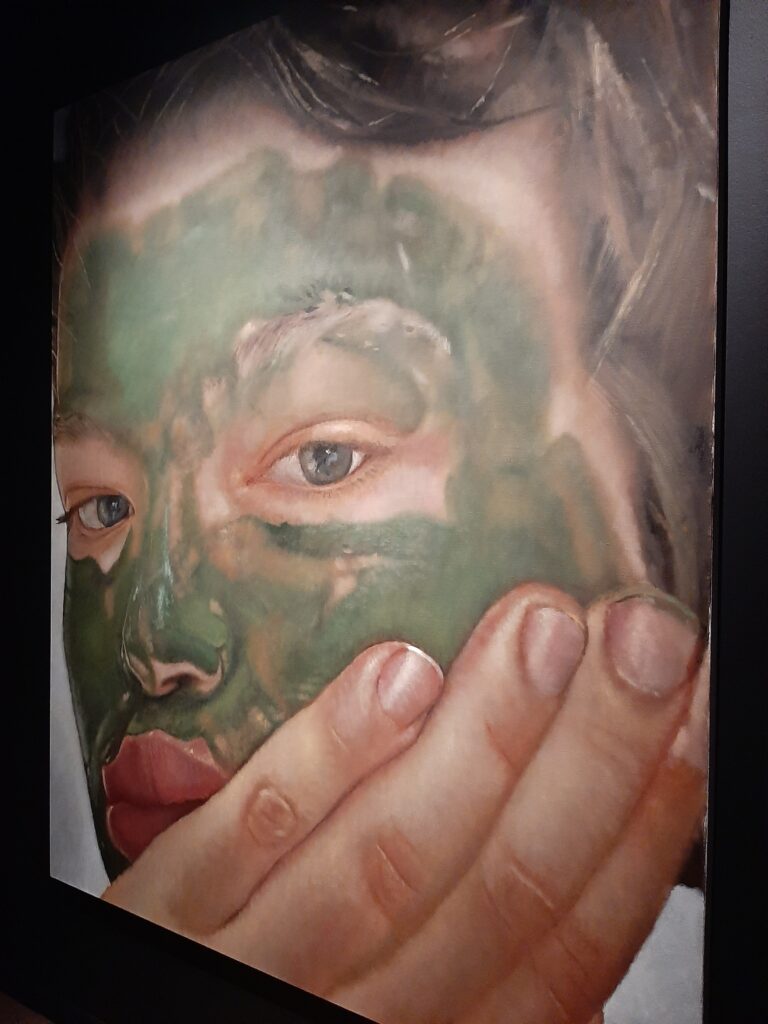
‘Masquerade, Make-up & Ensor’ appeals to the similarities in James Ensor’s work and the haute couture industry in their public masquerade, festivity and the trying on different masks. Fake coquetry, seduction, deception and the corruptibility of beauty from Ensor to the present day. For MoMu, the exhibition is also an occasion to celebrate artists from fashion: the skills and inexhaustible creativity of make-up artists and hairdressers – in a multimedia exhibition where light, colour, art, fashion and make-up come together.
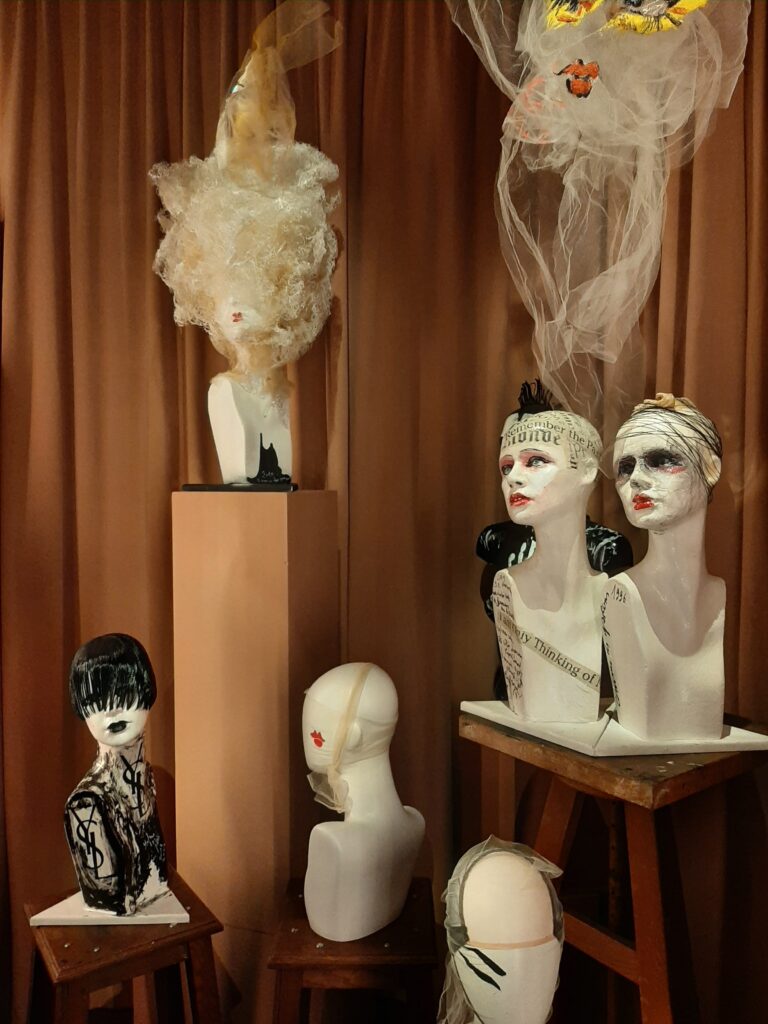
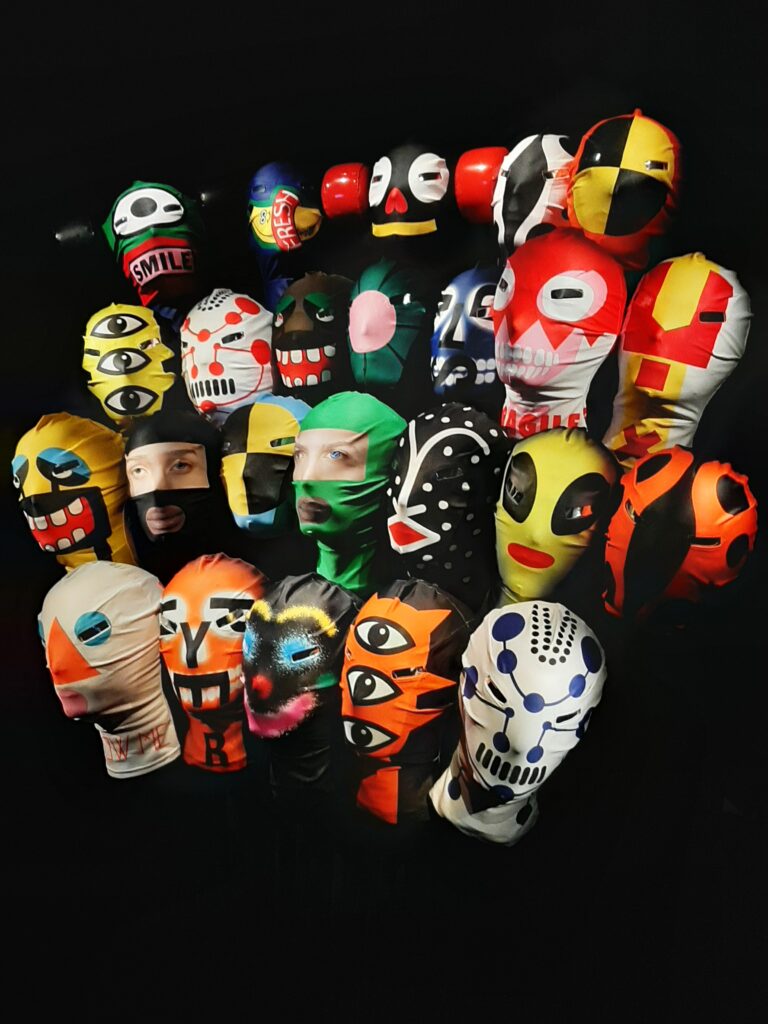
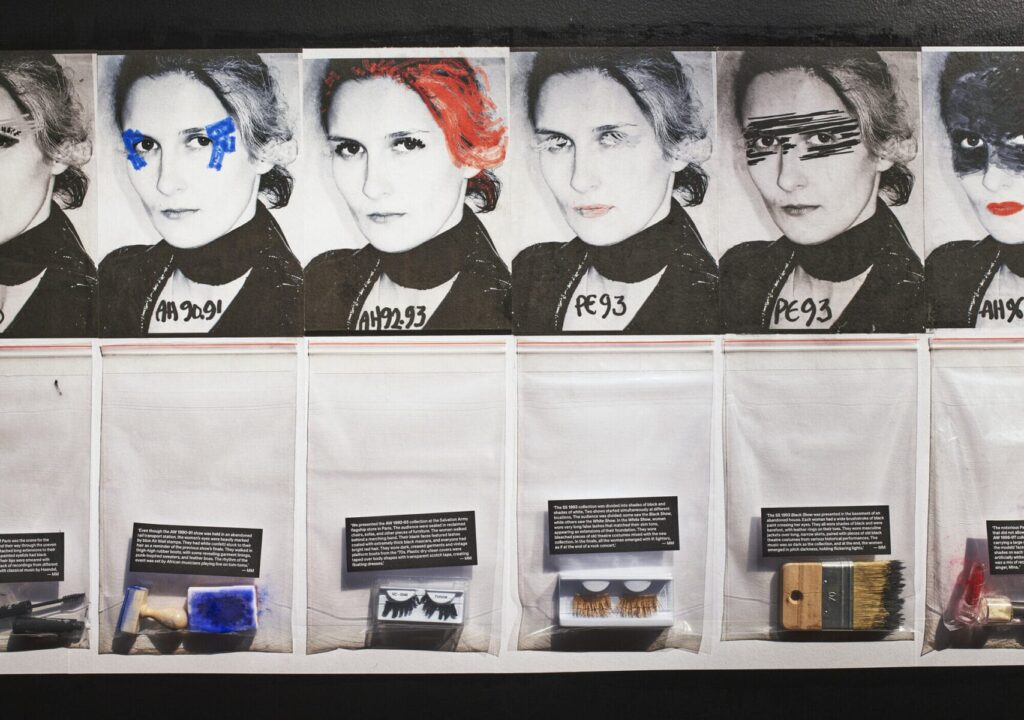
In his famous painting ‘Vieille dame aux masques’, the Belgian artist mocks the overly painted lady with broad impressionistic strokes, giving her, in addition to the whiteness of her face, patches a-la the 18th century. The master asks questions: Why do we wear masks? Why are people so afraid of visible aging? What should we do with the ideals of beauty that are constantly changing and impossible to achieve? In the exhibition we see rarely exhibited portraits of his friend (presumably also his mistress) Augusta Bogaerts (1870-1951) as an example of the beautiful Lady whom the artist admires. Another work of him is the suggestion that bright make-up and red lipstick were the prerogative of cocottes and the women of the oldest profession.
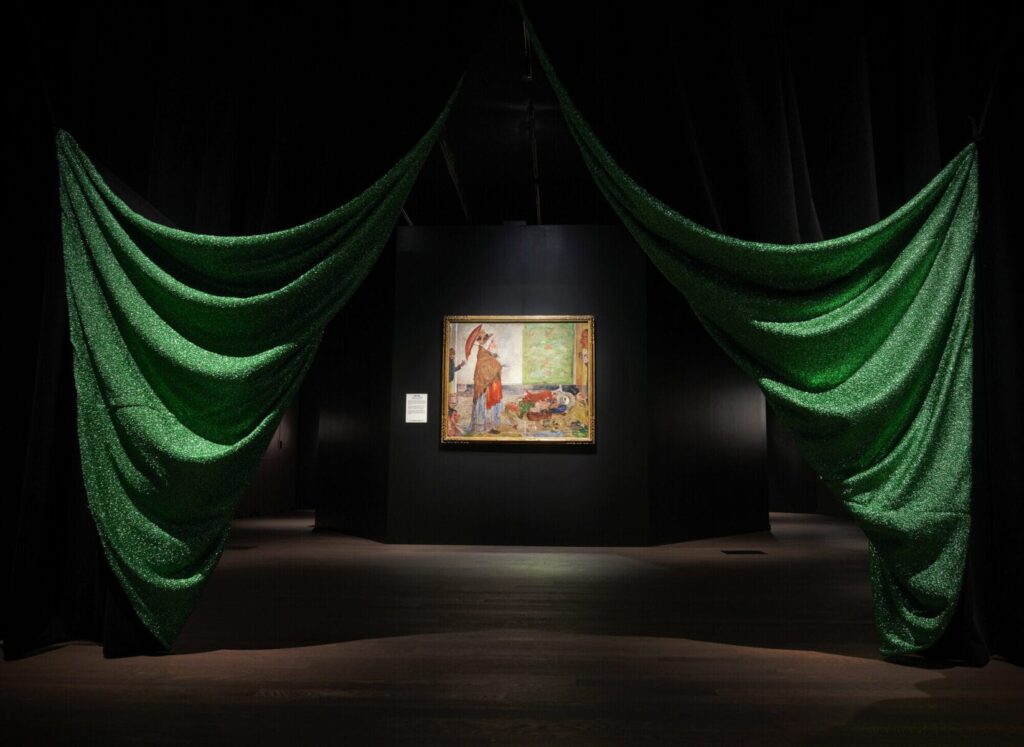
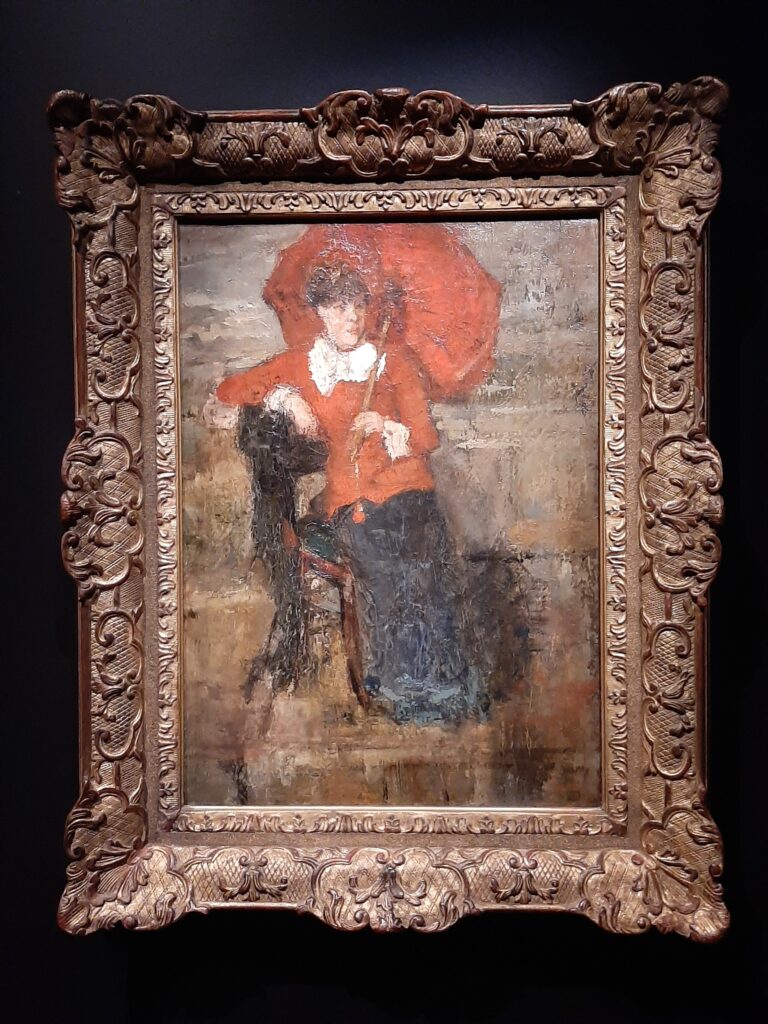
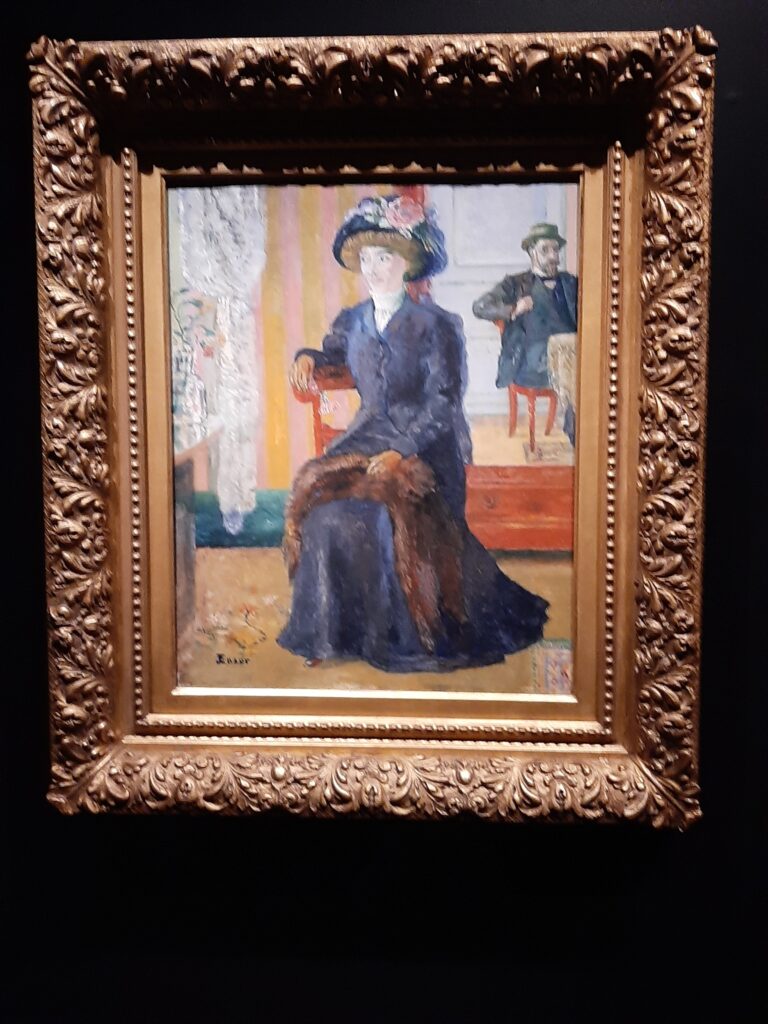
Christian Lacroix and hairstylist Cindia Harvey’s spectacular work Miss Havisham reflects on this question. Christian Lacroix’s haute couture shows always ended with a spectacular wedding dress. The great couturier sees this project as a tribute to Miss Havisham, his favourite character from Charles Dickens’ 1861 novel Great Expectations. In the story, Miss Havisham is a wealthy old lady who returns from her wedding (the groom didn’t turn up for it), broken, to her dilapidated country house, where she continues to wear her wedding dress while the untouched wedding buffet and cake slowly rot. This story has become a universal metaphor for the declining attractiveness of aging women. With this installation, Christian Lacroix and Cindia Harvey want to break down the persistent associations between age, shame and fading beauty. Miss Havisham is wearing a silhouette from Lacroix’s spring/summer 2004 collection. Cindia Harvey’s wig is reminiscent of a hairstyle that once conformed entirely to traditional expectations, but over the years has become wild, fiery and implacable. Harvey suggests that inner strength and self-confidence only increase with age.
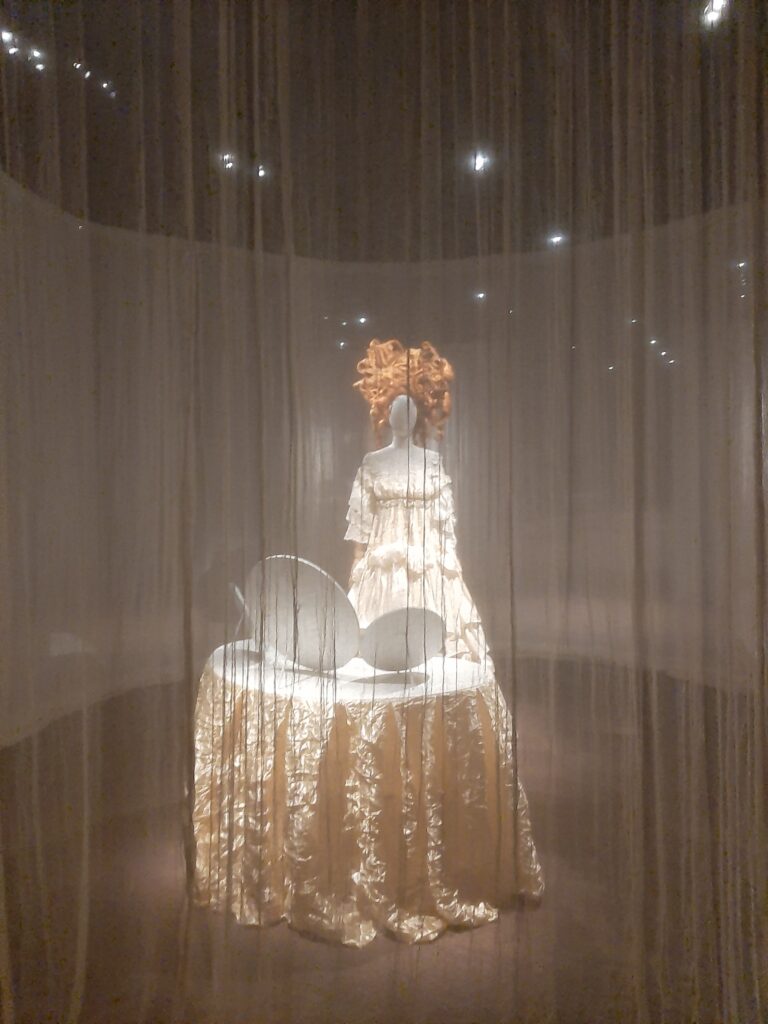
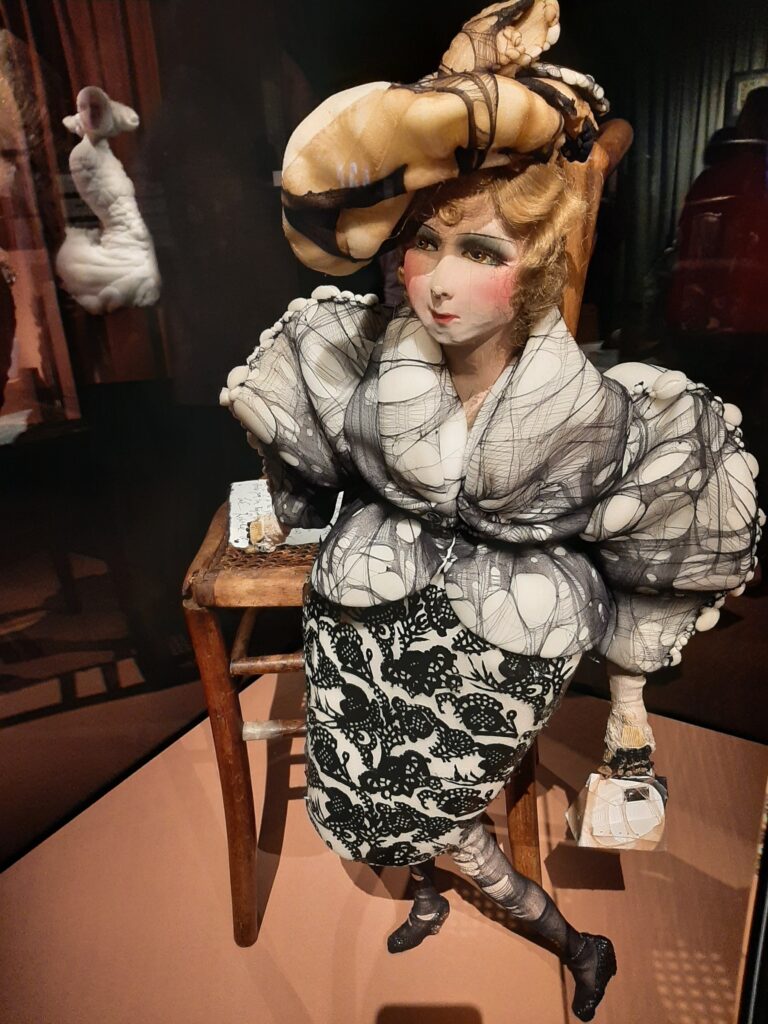
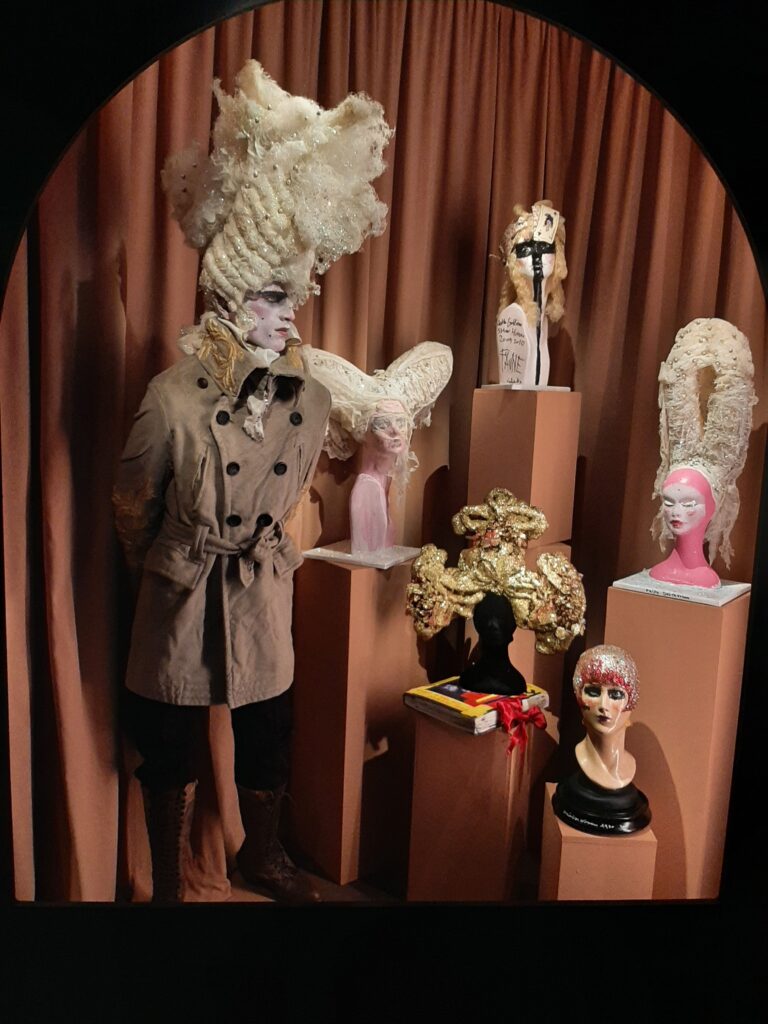
In the almost secret room of MoMu, surrounded by giant bows, the paintings of Irish artist Genieve Figges look appropriate and spectacular. She likes her acrylic paint to flow unpredictably and take on a life of its own. In her work, she breaks patriarchal ideals of beauty and frees her characters from overwhelming expectations of make-up, physique and sexuality. The artist imagines a time before modern technology, when the ingredients of cosmetic products were more primitive. These ingredients often remained visible on the skin and could crack due to sweat or heat, making make-up tragically visible. By exaggerating the use of make-up, she wants to rebel against traditional demands of sophistication and modesty.
